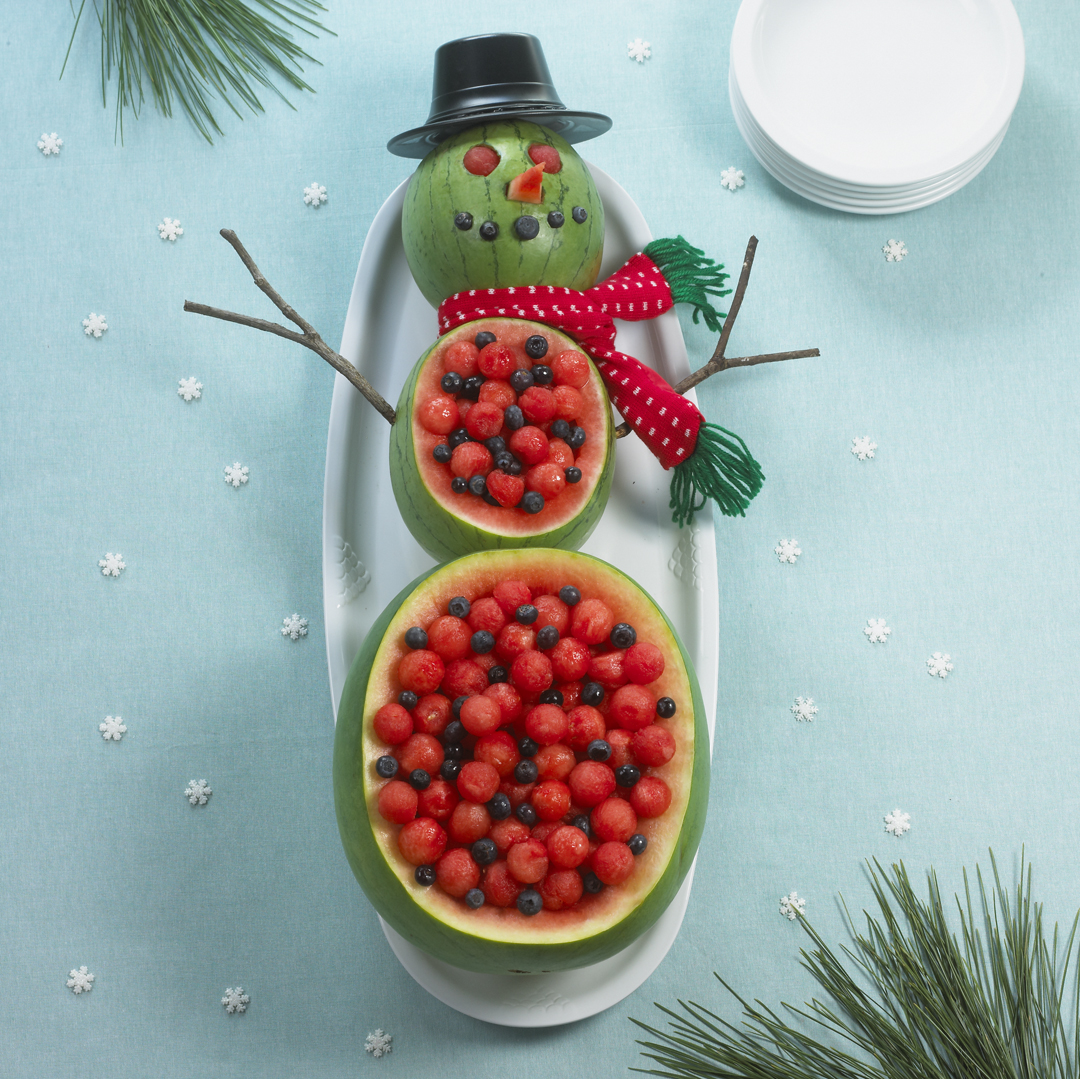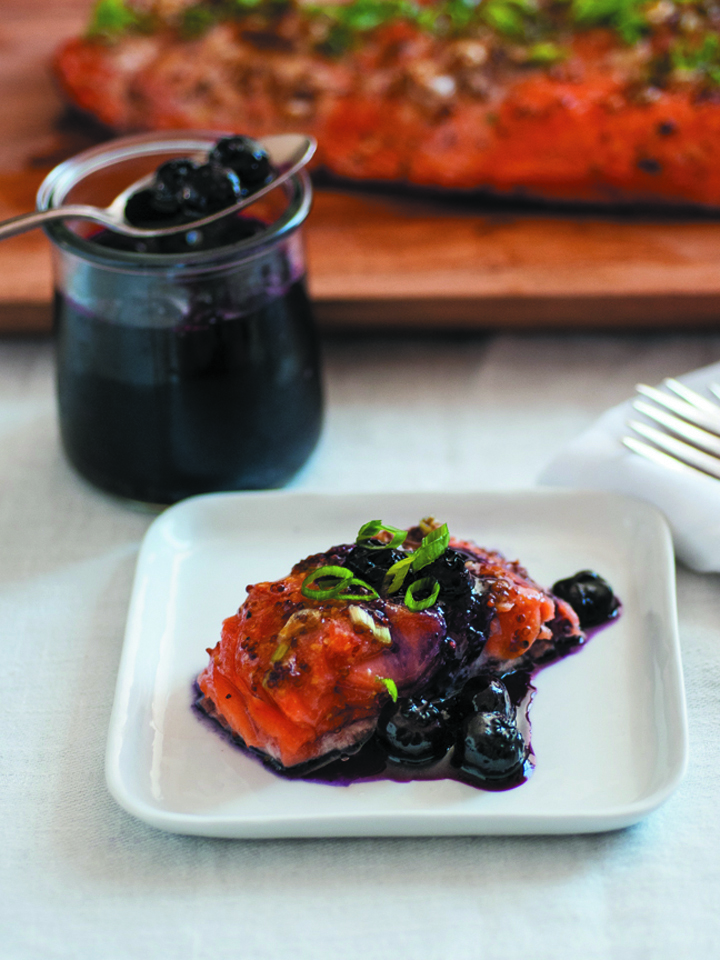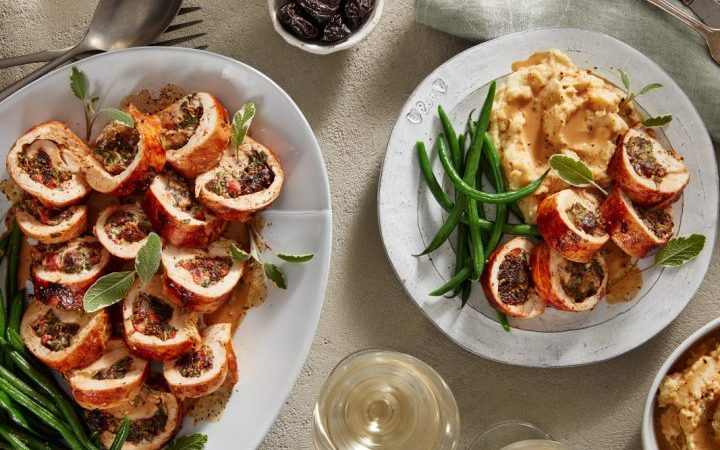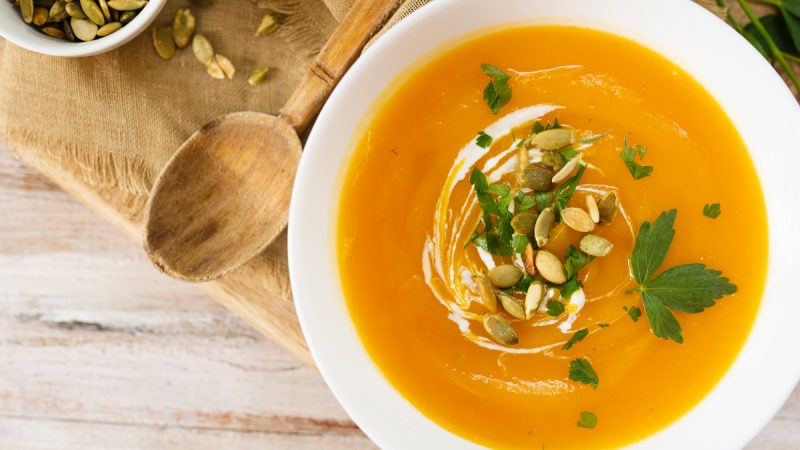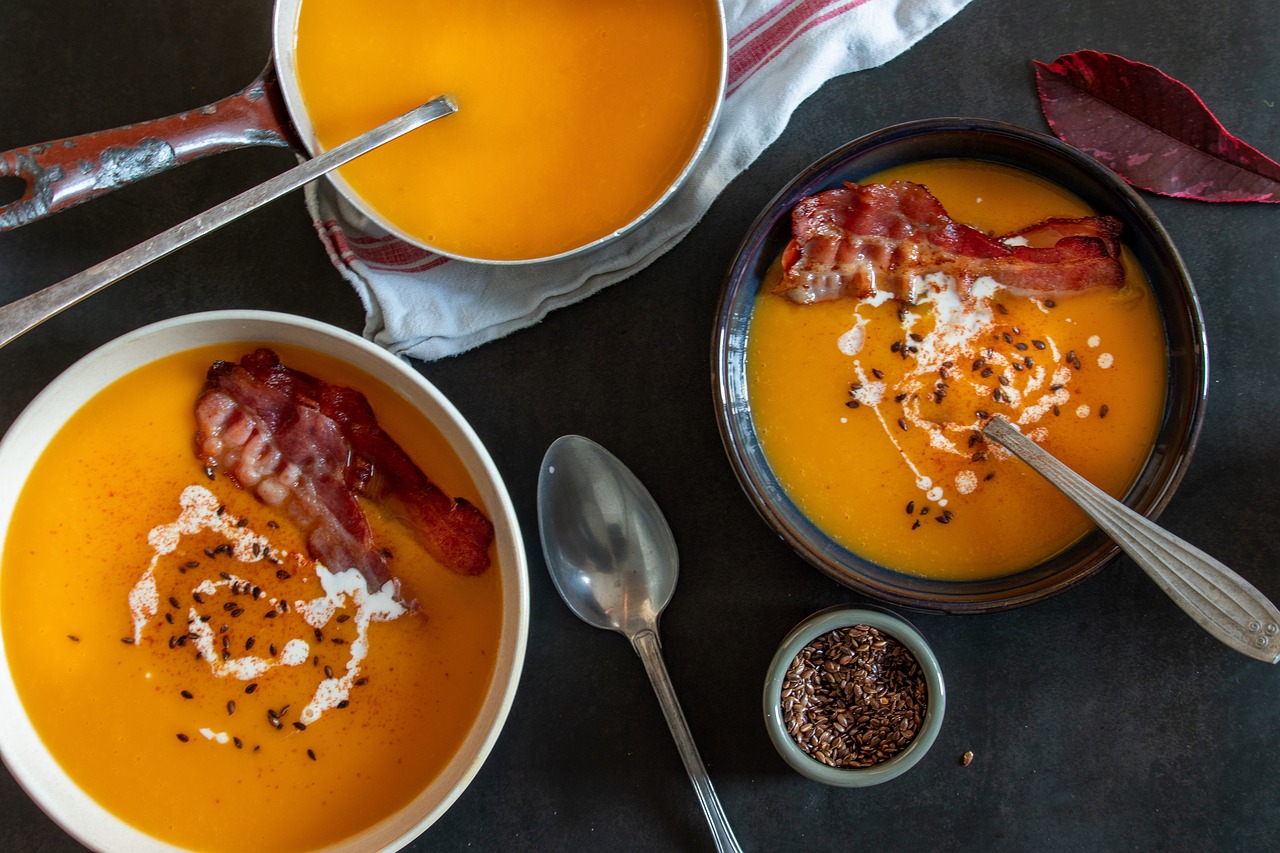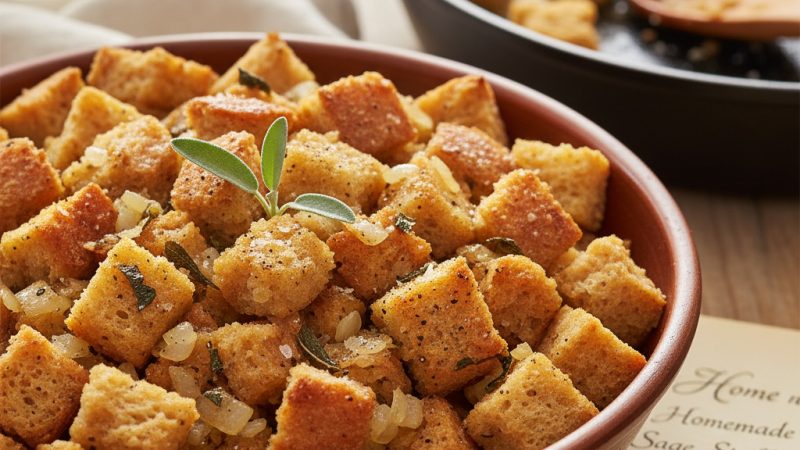Easy Broiled Mangoes
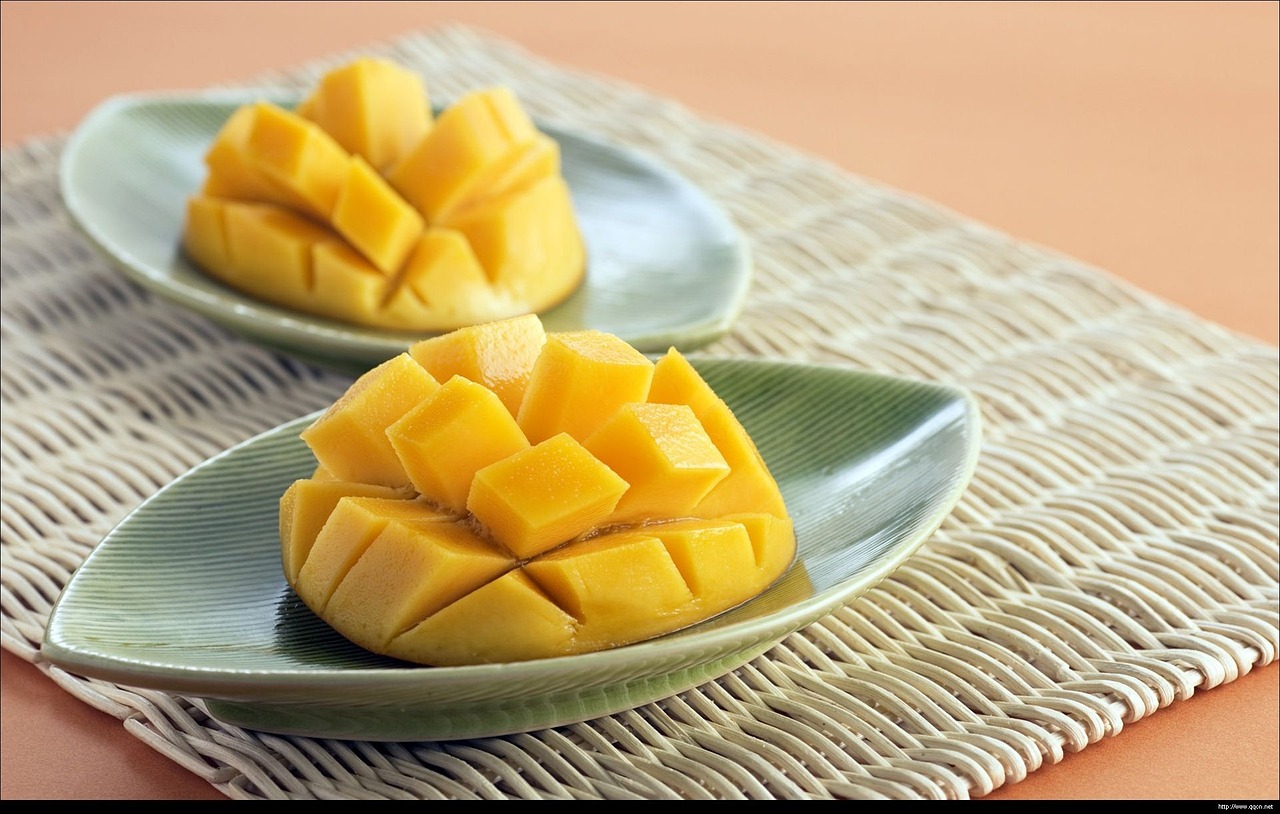
Mango-mania! If you have not tried mangoes before, it’s time. Escape to the tropics this summer with this mango-luscious succulent dessert.
The mango, which probably originated India, Burma and Malaya, has been cultivated for at least 4000 years. There are hundreds of varieties with different flavors, textures, colors and uses. In the United States today, most mangoes come from Mexico, but some are grown in Florida and California. For this recipe we recommend the Ataulfo (Aht-ah-uhl-foe) mango, but any variety will do.
Ataulfo mangoes, also known as honey mangoes, are usually smaller, about palm size, with a buttery, creamy texture. They are golden yellow when ripe. No matter the variety you select, don’t focus on color, because it is not the best indicator of ripeness. Instead, select mangoes that give slightly when squeezed. Also, use your nose because mangoes have a fruity aroma at their stem end. If you purchase unripe mangoes, be sure to store them at room temperature. They will become sweeter and softer, and ripen over several days. Store ripe mangoes in the refrigerator up to five days or in the freezer up to 6 months.
Preparation of the mangoes starts with washing them well and ensuring you have a clean knife and cutting board. To cut the mango, we suggest two methods. Look for the oblong, flat seed pit by finding the “eye” on the mango. Then lay the mango with the eye facing you and cut 1/4-1/2-inch to the right and left of the eye, resulting in two “cheeks.” What remains of the center will be mostly mango seed. Or, stand the mango stem end down or up and slice 1/4-1/2-inch off center to the right and left of the vertical axis. Using a mango pitter is another option if you are willing to spend $10-15.
Dressing the mangoes with brown sugar, honey and orange juice and then broiling them briefly, creates an even more mango-licious experience that you and your guests will fall mango-in-love! Not to mention the bonus of eating a tropical fruit that is considered an excellent source of health-promoting vitamin C and beta-carotene and other promising cancer-fighting polyphenolic bioactive compounds for dessert.
Easy Broiled Mangoes
Makes 4 servings. Per serving: 92 calories, 24 g carbohydrate, 1 g protein, 2 g dietary fiber, 4 mg sodium.
Ingredients:
- 2 ripe mangoes (Ataulfo, Keitt or other variety)
- 4 tsp. brown sugar
- 2 tsp. honey (optional)
- 4 tsp. orange juice
- 1 lime (cut into wedges)
Directions:
Turn on broiler.
Slice mango lengthwise 1/2-inch from center line to avoid pit. Rotate mango and slice other side, resulting in two “cheeks.” Save center portion for another use. Repeat with second mango. Carefully cut 1/2-inch cross-hatch pattern on a diagonal in pulp without cutting through mango skin.
Sprinkle a teaspoon of brown sugar over each mango, then evenly drizzle honey, if using, and orange juice. Set mangoes on baking sheet.
Broil mangoes until tops are golden, about 5 to 8 minutes. Serve mangoes in peel with lime wedges for squeezing over top and use teaspoon to scoop out pulp.
The Author:
The American Institute for Cancer Research (AICR) is the cancer charity that fosters research on the relationship of nutrition, physical activity and weight management to cancer risk, interprets the scientific literature and educates the public about the results. It has contributed more than $100 million for innovative research conducted at universities, hospitals and research centers across the country. AICR has published two landmark reports that interpret the accumulated research in the field, and is committed to a process of continuous review. AICR also provides a wide range of educational programs to help millions of Americans learn to make dietary changes for lower cancer risk. Its award-winning New American Plate program is presented in brochures, seminars and on its website, www.aicr.org. AICR is a member of the World Cancer Research Fund International.

